Dear Editor:
What an absolute delight to read James K. Swisher’s article, “Duel in the Backwoods” (December 2002), about the Battle of Cowpens and General Daniel Morgan’s superb generalship and guiding hand during this battle. In this article Swisher goes a long way in bringing the attention of our citizens to the battles in the South during the American Revolution.
In my last several years as superintendent, I have had the opportunity to speak to many diverse groups about the Southern Campaign of the American Revolution, of which Cowpens was a part, and have been dismayed, even appalled, at the lack of knowledge American citizens have of their history. This is especially true of the American Revolution, the war that created our nation, and in particular the role played by the South in the successful conclusion of that war. My audiences knew of many of the battles and events that took place in the North but a deep silence descended when they were asked if they had heard of the Battles of Cowpens, Blackstocks, Musgrove Mill, the 1st and 2nd Battles of Charles Town, Camden, or Waxhaws, or Kings Mountain, or Ninety Six, ad infinitum.
How sad that this critical phase of the war is so unknown. Two examples: Within the last two years, over 200 skirmish and battle sites have been identified in South Carolina alone, with more South Carolinians losing their lives in this war than any other colony; and so significant was the victory at the Battle of Cowpens to the peoples of that day that the Continental Congress issued three medals to participants who fought here. Interestingly enough, the Continental Congress issued only 12 such medals for all the battles fought in the eight years of the American Revolution. These stories, and multitudes of others to be found here, are fascinating and we are encouraged to note a renaissance of interest in the American Revolution.
There are some discrepancies in the number of participants and casualties of the battle of Cowpens mentioned in Mr. Swisher’s article with those we use in the park, but this is only a minor point since actual numbers may never be known. Indeed, it may be that his figures prove to be more accurate than ours since the militia, which played such a critical role here, frequently did not have muster rolls. His article is excellent, and we wish to thank him for the fine service he has done in writing so well about this battle and the brilliant way it was fought by General Morgan.
For your readers who wish to learn more about Cowpens and other Revolutionary War sites, we refer them to our Web site at www.nps.gov/cowp.
Sincerely,
J. Harrell Saunders, Superintendent
National Park Service
Cowpens National Battlefield and Ninety Six Historic Site
Turks at Vienna
Dear Editor:
Ludwig Heinrich Dyck’s article, “Islam at Vienna’s Gates” (October 2002), impressed me very much. I was really astonished at his knowledge of this historical period. Because I am an Austrian and the Turkish wars are no strange subject to me, I was really impressed with your extraordinary research. Even the Austro/German names have been written without any substantial mistakes as there are in so many other historical magazines. Thank you very much for a job well done.
Arno Femboek
Vienna, Austria
Tiger Versus Panther
Dear Editor:
I especially enjoyed the Militaria article on military models in the December 2002 issue of Military Heritage. However, I would point out that the model belonging to Mr. Shlakhter on page 82 is not a Panther tank, but rather is a model of the Panzerkampwagen VIB, better known as the King Tiger. No doubt many of your astute readers picked up on this error.
William W. Haddock
Pierre, South Dakota
Omission
Dear Mr. Stoddard:
I recently received a copy of the October issue of Military Heritage from Eric Niderost, in which you printed my letter to the editor regarding Eric’s article, “Fighting the Tiger.” I appreciate that very much. However, for some reason, you didn’t print my contact information. It is as follows: shinmiyangyo@hotmail. com; my Web site is at www.shinmiyangyo.org.
Thank you.
Thomas Duvernay
Kyonggiu, Korea
Ironclads Redux
Dear Mr. Stoddard:
Mr. Cohane is quite correct in attesting to the heroic and herculean efforts of the Confederate States Navy and Mr. Stephen Mallory, a former senator from Florida and chairman of the Naval Affairs Committee. However laudable that may be, my article (“Highway to Victory,” October 2002) does not concern itself with that topic. Rather, it was on Union amphibious operations opening a second front in 1861 and 1862, and how these paved a highway to victory. The only time I concern myself with the C.S.N. is in dealing with its response to this threat rising unexpectedly from the waves. I give full credit to Mr. Mallory for instituting a program of home-made ironclads for every port … the domain of the Navy. I also give credit to Robert E. Lee for overhauling the coastal defense program … the domain of the Army, and which took nothing away from Mr. Mallory’s efforts.
Furthermore, when I wrote that “only three of these became operational, and none proved capable of going to sea,” I was referring to the five ironclads that were built in 1862, as this is the only period covered by my article. They were CSS Virginia, CSS Arkansas, and CSS Louisiana. It is quite obvious to me that Mr. Cohane has not read my article carefully at all.
Pedro Garcia
San Diego, California
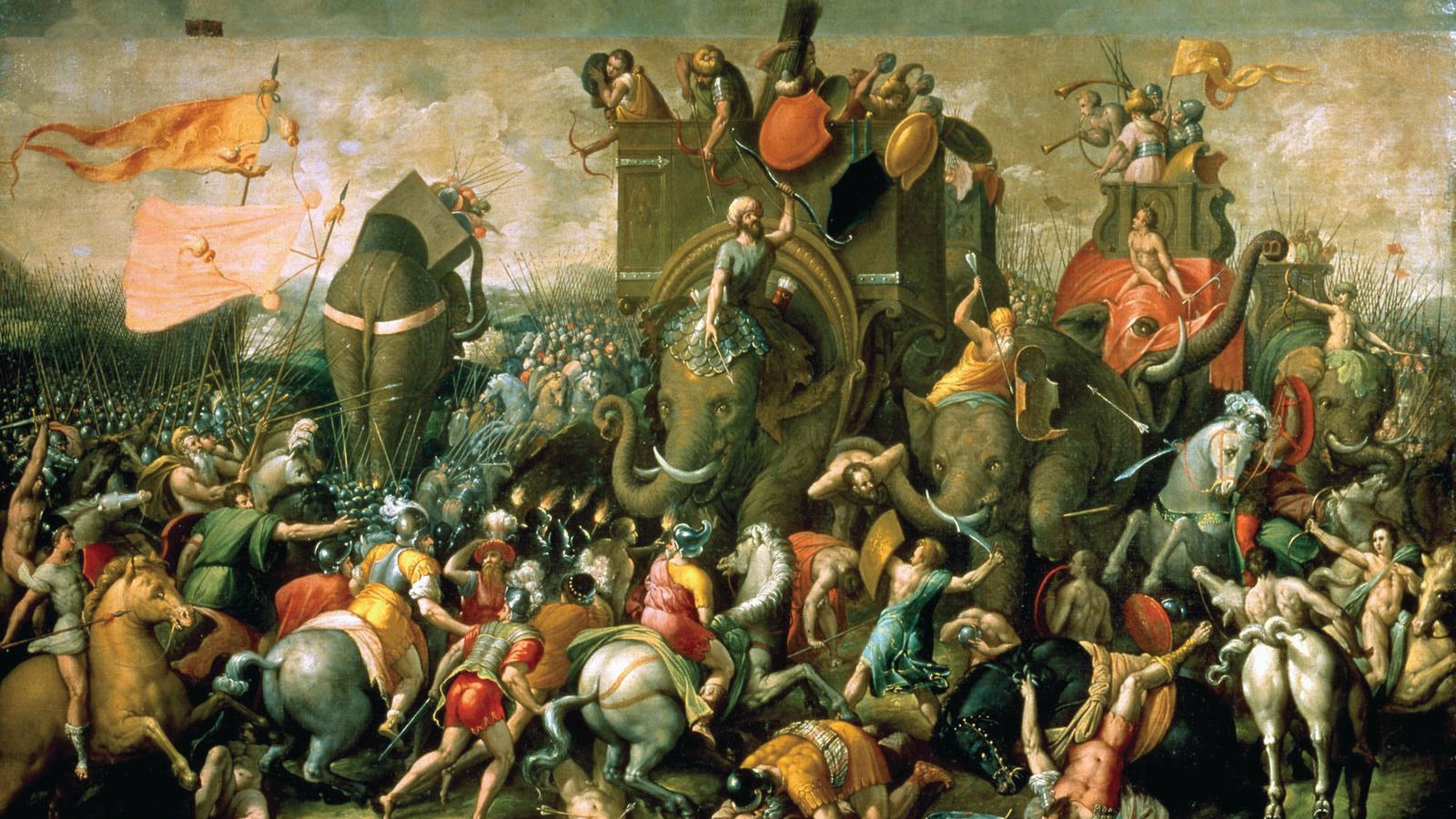
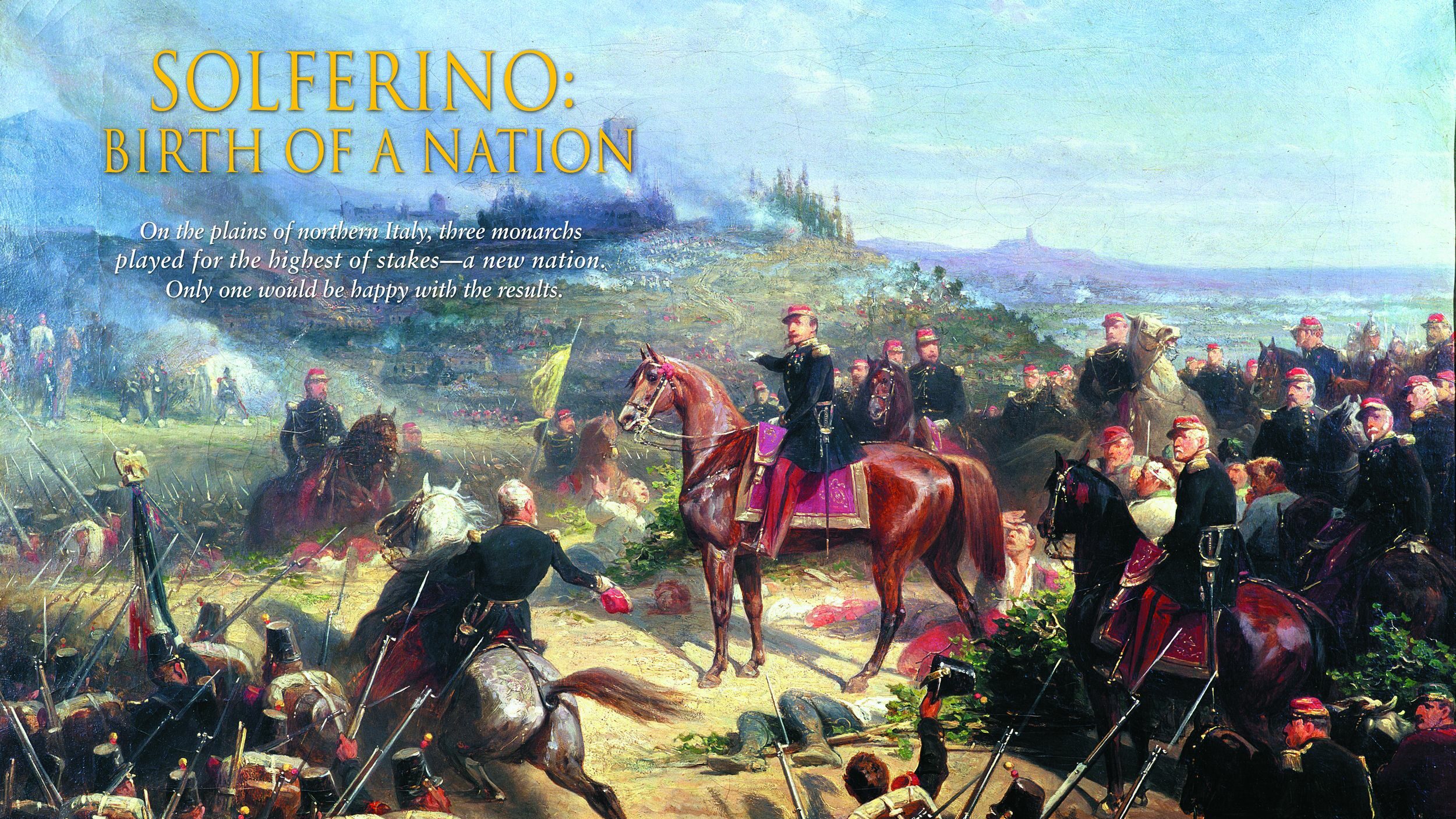
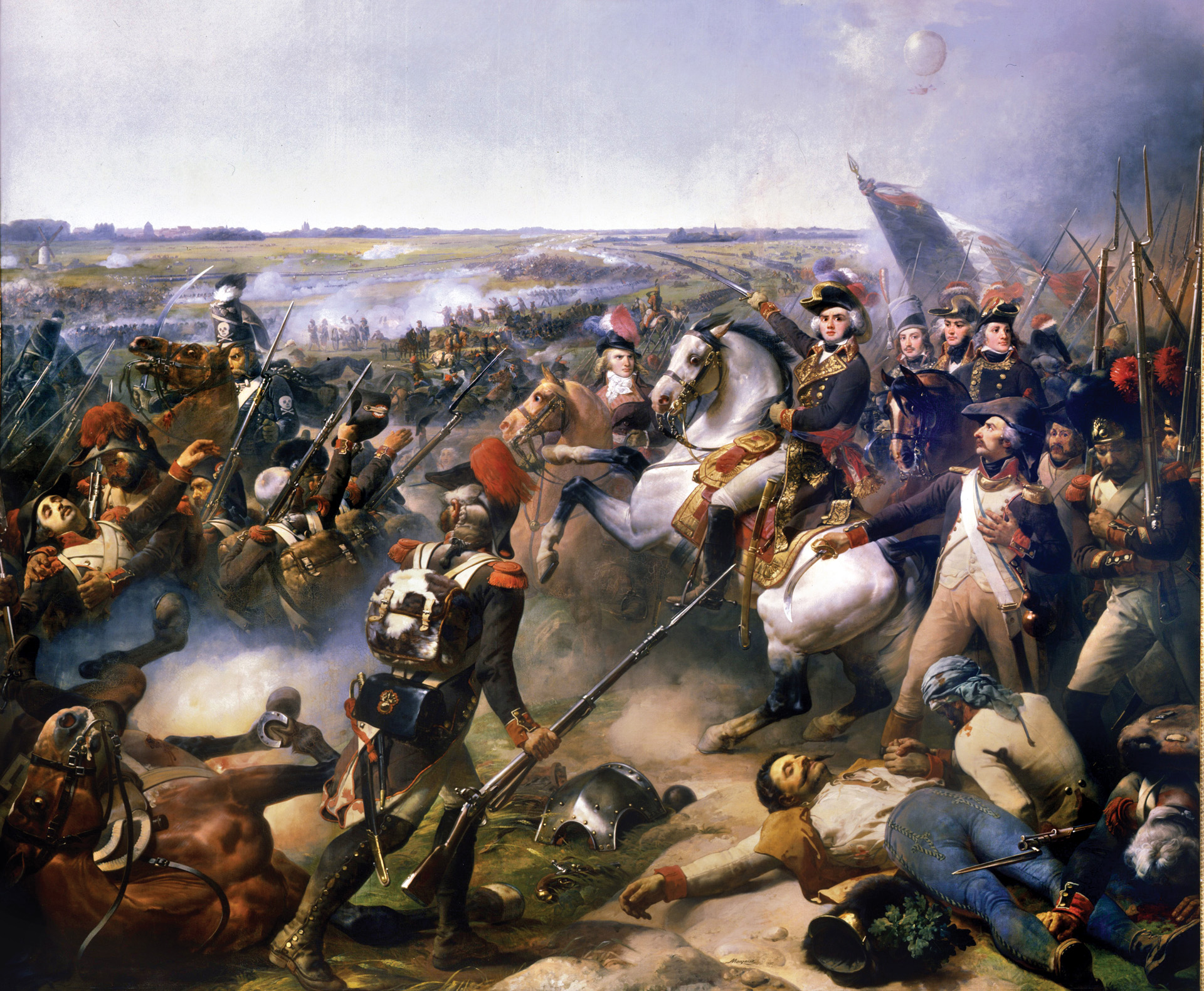
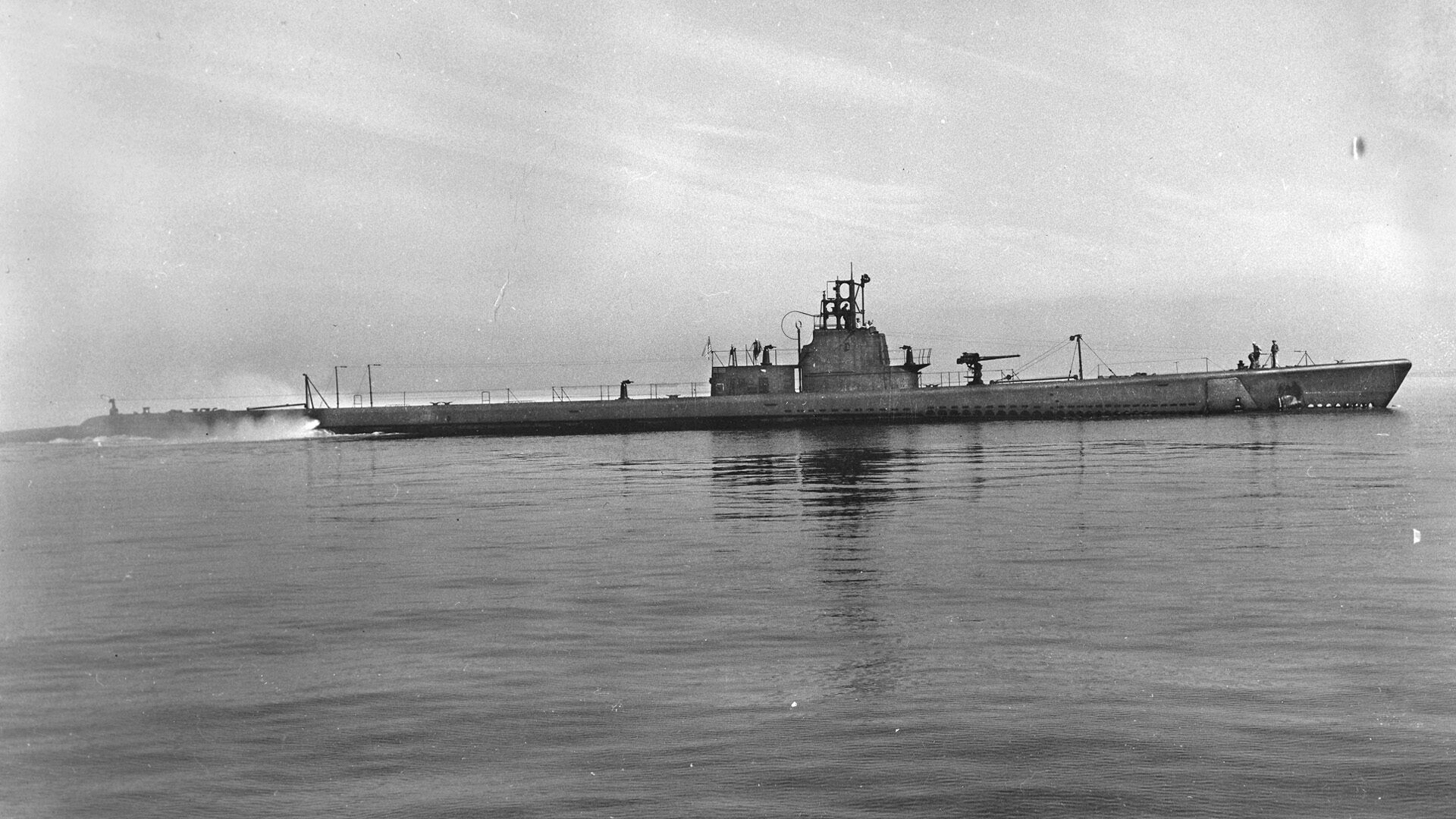
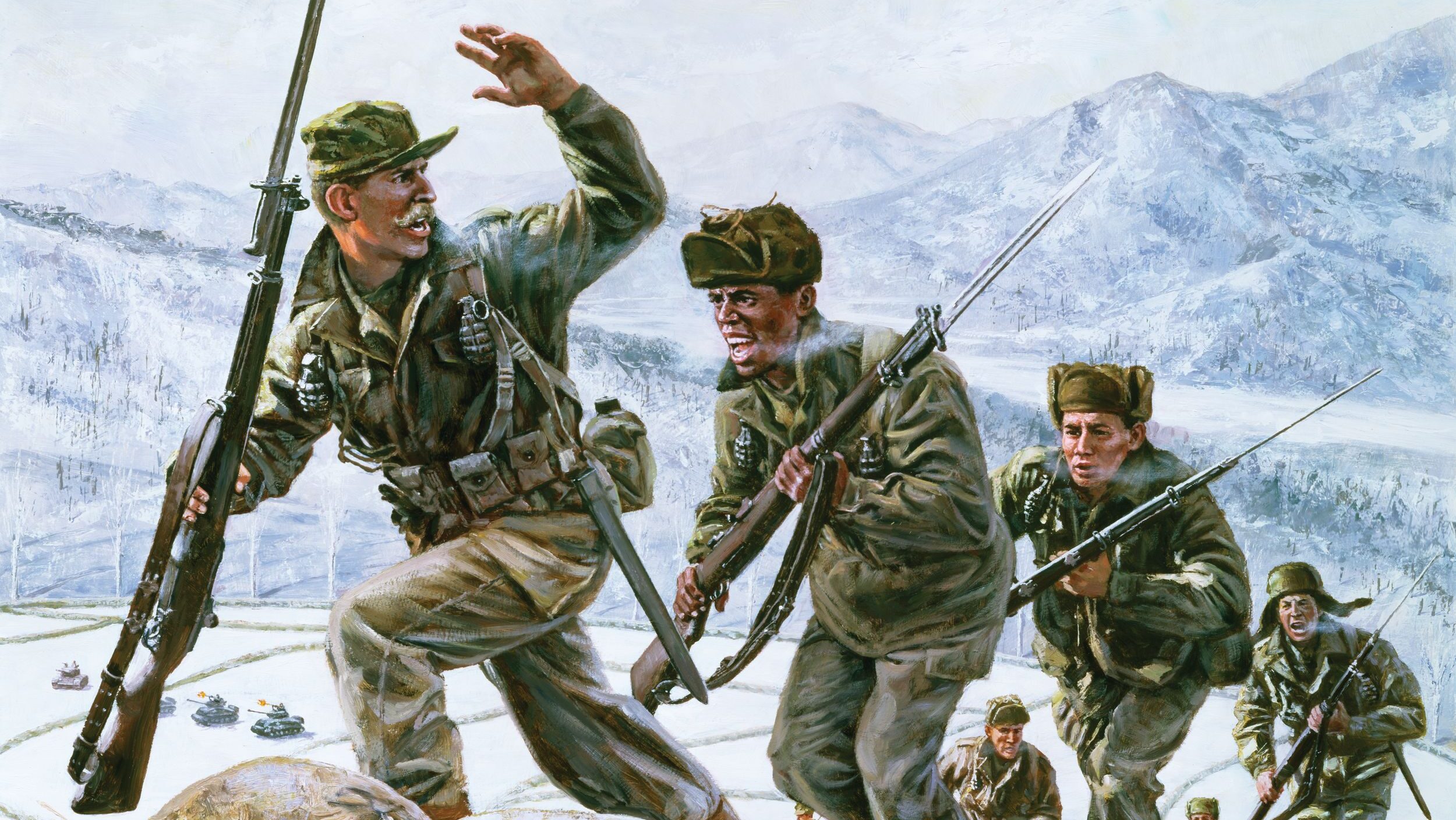
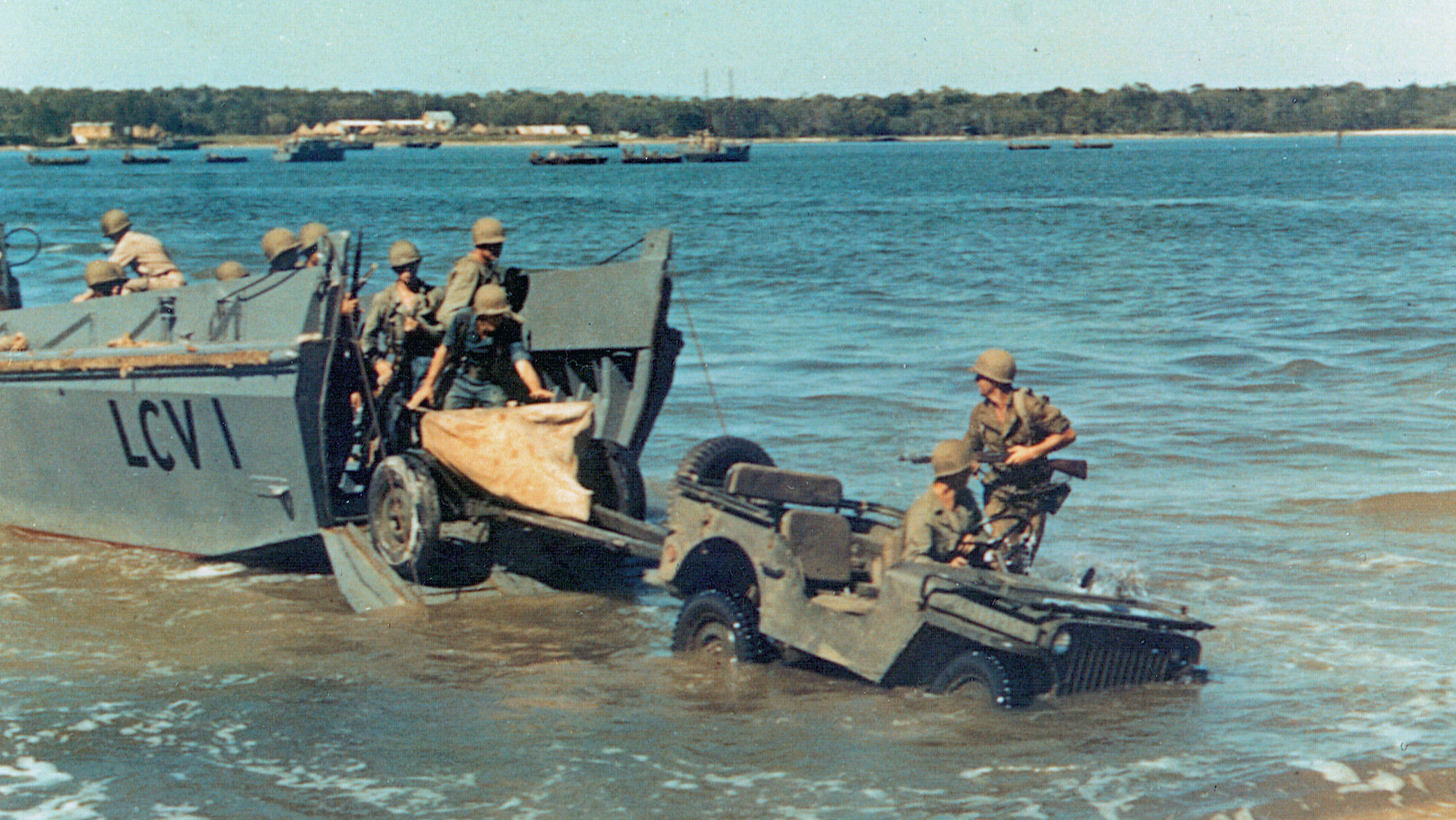
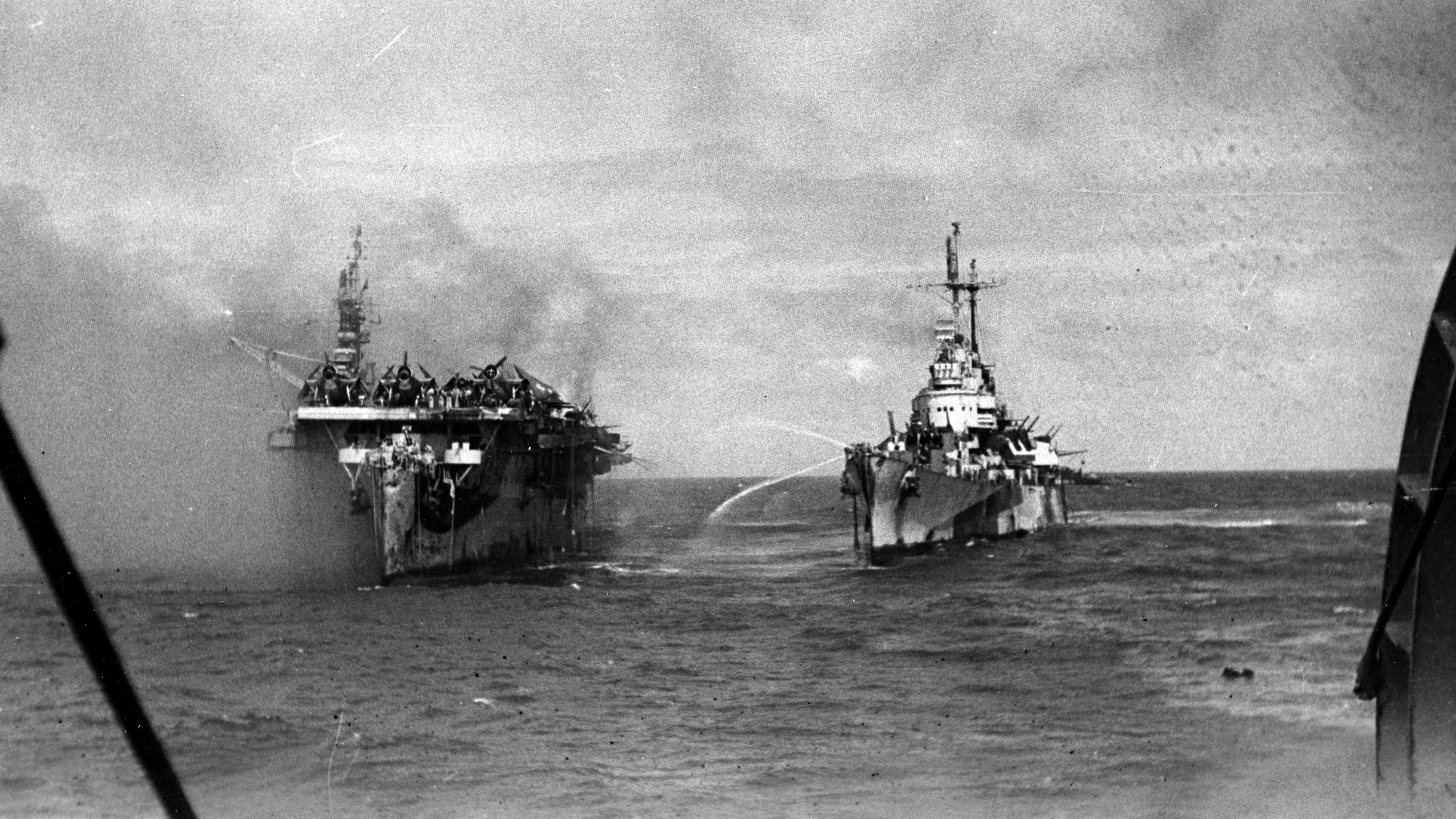
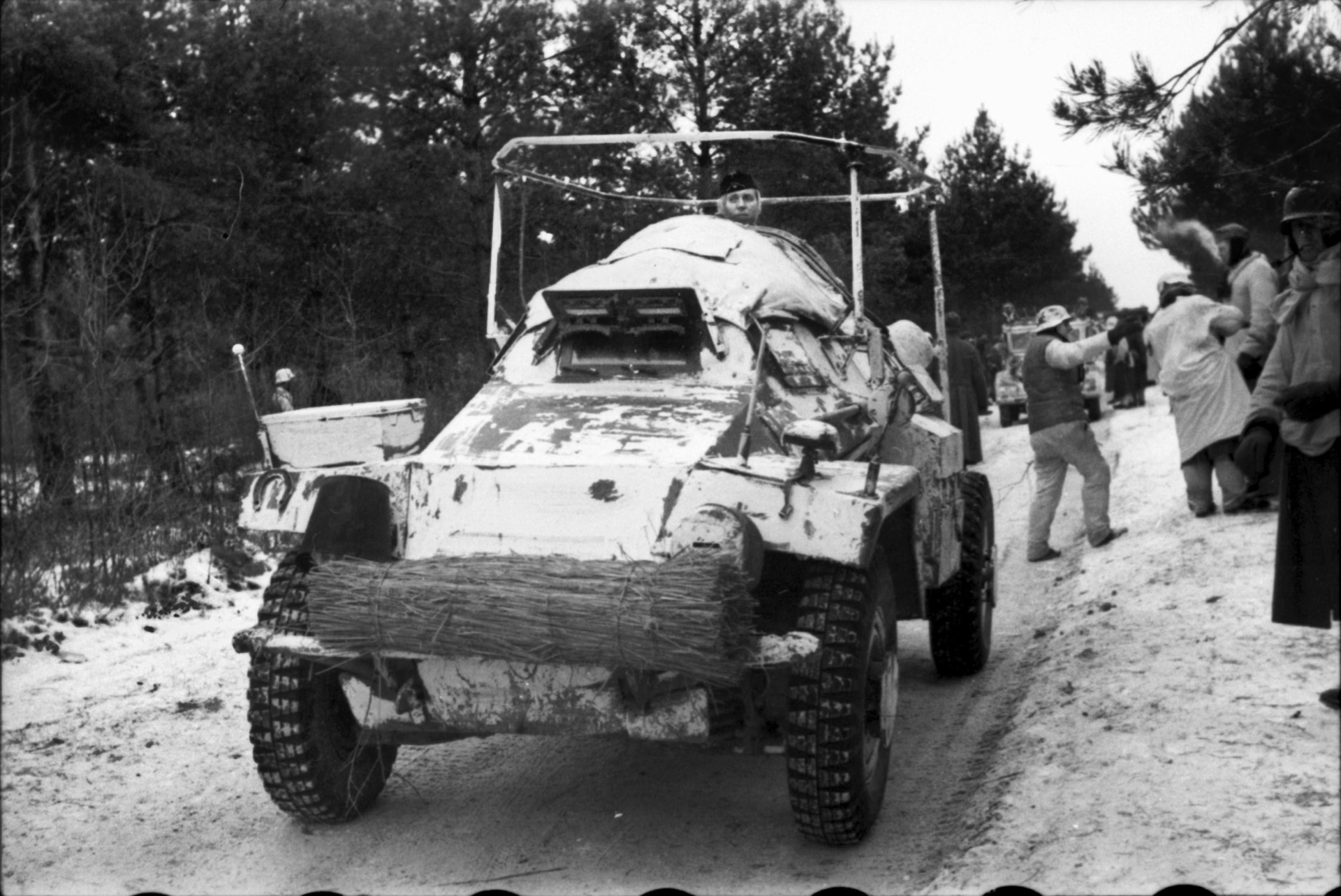
Join The Conversation
Comments
View All Comments